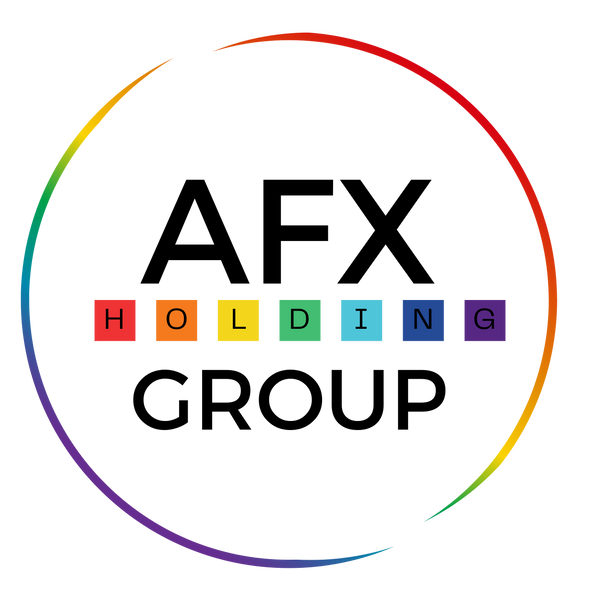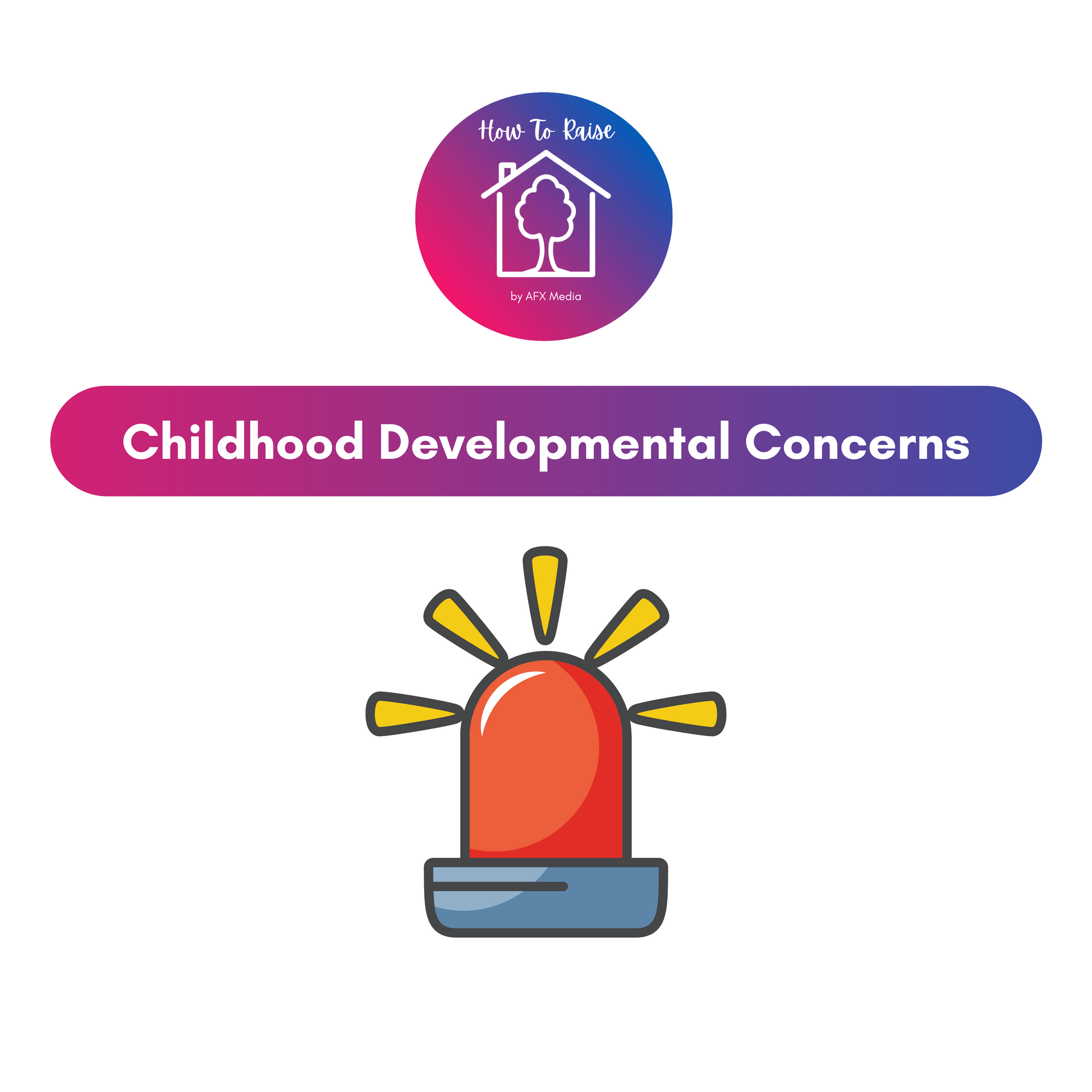AFX Media
[Digital Download] How To Raise: Child Developmental Milestones & Cautionary Flags
[Digital Download] How To Raise: Child Developmental Milestones & Cautionary Flags
Couldn't load pickup availability
Introduction
-
Are you wondering if your child is meeting their developmental milestones? Early intervention is key! Our "How To Raise: Childhood Developmental Concerns" guide provides essential information on important signs that may indicate developmental concerns in children from birth to five years. Learn when and how to seek professional help for your family, based on CDC and early childhood developmental guidelines, empowering you to act early and support your child's growth.
What You'll Discover Inside (Key Benefits & Features)
-
Why Monitor Development?: Understand the crucial statistics and reasons for monitoring development, including that 1 in 6 children have a developmental disorder, and parents often notice concerns before formal diagnosis.
-
Understanding Developmental Milestones: Learn about the four key domains of development: Physical (movement, coordination), Cognitive (thinking, problem-solving), Social (relating to others, managing emotions), and Language (communication skills).
-
When to Be Concerned (Red Flags): Identify critical indicators such as multiple missed milestones, regression (loss of previously acquired skills), significant delays, or a "different path" of development.
-
Age-Specific Milestones & Concerns (Birth to 5 Years): Detailed breakdowns of what to look for at different age ranges:
-
Birth to 8 Months: Social expression (no smiling by 6 months), reaching, connection, communication (no babbling by 8 months).
-
8 to 12 Months: Movement concerns (not crawling independently), asymmetrical movement, standing difficulty, cognitive delay.
-
12 to 18 Months: Not pulling to stand, not knowing common object functions, not speaking 15 words by 18 months, persistent toe walking after walking.
-
18 to 24 Months: No two-word phrases, no imitation, not following directions, self-care skill difficulties.
-
2 to 3 Years: Limited social interaction, communication difficulties (limited vocabulary), repetitive play.
-
3 to 4 Years: Physical skills (frequent falling), speech clarity issues, fine motor delays, lack of imaginative play.
-
4 to 5 Years: Emotional (unhappy/sad), social (little interest in peers), play (rarely uses fantasy), behavioral (aggressive/fearful), attention concerns (easily distracted).
-
-
Social-Emotional Red Flags (All Ages): Learn to identify warning signs such as boundary issues, attachment concerns, and difficulty with emotional regulation.
-
Communication & Interaction Concerns: Specific red flags including no response to name, no pointing to show interest, loss of language, eye contact issues, and excessive solitary play.
-
Physical Development Concerns: Visual representation and explanation of physical regression, fine motor delays, gross motor delays, persistent toe walking, and asymmetrical movements.
-
When to Seek Professional Help: Understand critical indicators for seeking help: multiple red flags, the importance of early action, trusting parent instinct, and family history of developmental disorders.
-
Who to Contact: Clear guidance on where to seek help, including Primary Care Physicians, Early Intervention services (birth to 3 years), School Districts (3-5 years), Developmental Pediatricians, and Insurance Programs.
-
What to Expect During Evaluation: Prepare for the evaluation process, including screening questionnaires, observation, medical history review, and specialist referrals.
-
Supporting Your Child: Actionable advice on implementing recommended interventions consistently, creating predictable routines and clear expectations, and prioritizing caregiver self-care.
-
Resources for Families: A curated list of valuable resources, including CDC Programs ("Learn the Signs. Act Early"), state-specific Early Intervention services, Parent Centers, and Children's Hospitals.
Who Is This Guide For?
-
This guide is essential for parents, grandparents, and caregivers of young children (birth to five years) who are monitoring their child's development or have concerns about potential delays. If you're looking for clear, reliable information based on CDC and early childhood guidelines to understand developmental milestones and when to seek professional support, this resource is for you.
Why Choose 'How To Raise' for Developmental Concerns?
-
At How To Raise, we are committed to empowering families with accurate, accessible information during critical stages of childhood. This guide provides a sensitive yet straightforward approach to understanding developmental concerns, ensuring you have the knowledge to observe, identify, and act promptly to support your child's optimal growth and well-being. We believe that informed parents are empowered parents.
Technical Details & Delivery
-
Format: PDF Ebook / Comprehensive Guide
-
Pages: Approximately 19 pages
-
Instant Download: Receive your digital guide immediately after purchase via a secure download link sent to your email. No waiting, no shipping fees!
-
Compatibility: Readable on all devices (desktop, tablet, smartphone).
Call to Action
-
Empower yourself with the knowledge to support your child's healthy development! Add the "Childhood Developmental Concerns: A Guide for Parents" to your cart today and gain peace of mind and actionable steps for your family.
Share
![[Digital Download] How To Raise: Child Developmental Milestones & Cautionary Flags](http://afx-store.com/cdn/shop/files/How_To_Raise_-_Childhood_Developmental_Concerns.png?v=1749309730&width=1445)

